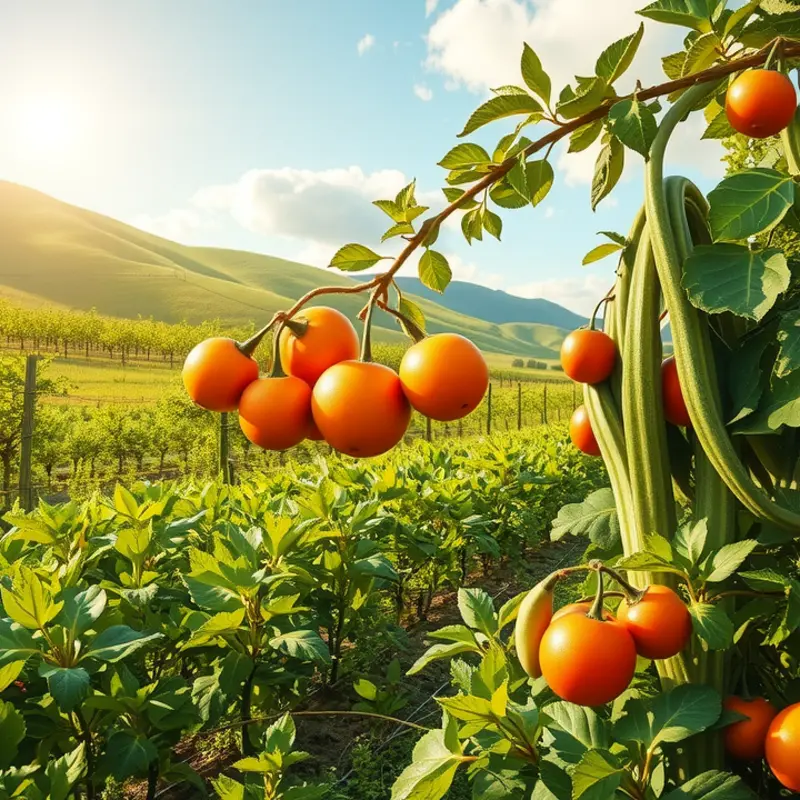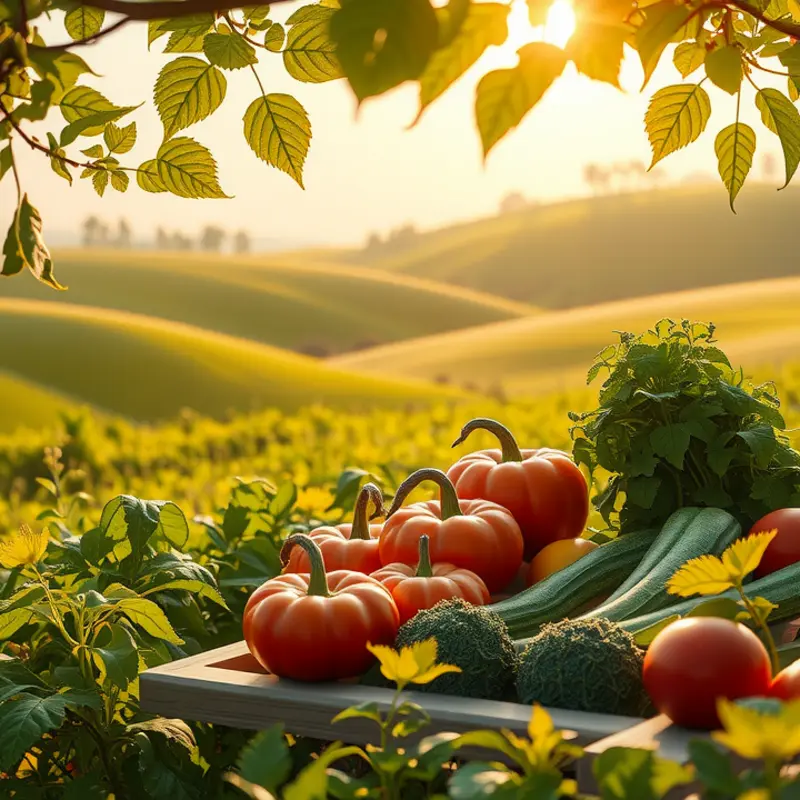Cooking without wine opens up a world of delicious alternatives for home cooks and those with dietary restrictions. Whether you’re avoiding alcohol for health reasons or simply don’t have any on hand, there are plenty of ways to bring richness and depth to your dishes. In this guide, explore practical ingredient substitutions and techniques that ensure your meals remain vibrant and flavorful without relying on wine.
Wine Substitutes: Elevate Flavor Without Alcohol

Cooking without wine doesn’t mean sacrificing depth or complexity in your dishes. A variety of substitutes can maintain and even enhance flavor profiles without alcohol. Let’s explore some versatile options that are suitable for a range of dietary needs, including dairy-free and gluten-free preferences.
Vinegar is one of the most effective wine substitutes. With its acidity, it mimics the tartness of wine and adds a bright note to dishes. Apple cider vinegar offers a slightly fruity taste, perfect for recipes requiring a white wine substitute. In contrast, balsamic vinegar adds depth with its rich, dark flavor, making it suitable for red wine replacement. The key is to use vinegar sparingly to prevent overpowering your meal.
Citrus juices provide another excellent alternative. Lemon juice can replace white wine in recipes with fish, poultry, or vegetable dishes. It imparts a fresh and tangy flavor that complements many ingredients. Similarly, orange juice can substitute for medium-bodied white wines, adding a subtle sweetness.
For those seeking a non-acidic option, broth is ideal. Vegetable, chicken, or beef broth can act as a base, providing umami and richness to your cooking. When substituting for white wine, opt for a lighter broth, like chicken or vegetable, which won’t overwhelm the dish. Beef broth is fitting as a replacement for red wine because of its heavier profile.
In some recipes, particularly those requiring white wine, white grape juice or apple juice can be used. They contribute a natural sweetness and mild acidity. Adjust your seasonings to balance any added sweetness these juices might introduce.
If you have dietary restrictions, such as avoiding gluten, ensure that your substitutes comply. Most vinegars, citrus juices, and broths are gluten-free, but confirm by checking labels. For those adhering to a dairy-free diet, these substitutes naturally fit without needing any additional modifications. For more ideas on maintaining flavor while adhering to dietary preferences, visit Flavor Boosters Without Salt.
These alternatives demonstrate that omitting wine need not dilute your culinary creations. By exploring different combinations, you can discover new flavor dimensions and elevate your dishes. Experiment with these options to find the perfect balance for your taste and dietary needs, ensuring that your meals remain vibrant and satisfying.
Flavor Enhancements: Techniques to Enrich Your Meals

Unlocking the depth of flavor in cooking without wine calls for inventive methods and a generous hand with herbs and spices. One proven technique is deglazing with broth. This process, often associated with wine, involves using liquid to dissolve pan residues left from cooking meat or vegetables. Broth, particularly homemade or low-sodium varieties, serves as an excellent base, imparting richness and complexity. Simply pour a bit onto the hot pan, scrape up the flavorful bits, and watch as a simple dish transforms.
Fresh herbs are another powerful tool. Whether it’s the robust fragrance of rosemary, the earthy tones of thyme, or the bright notes of basil, herbs add layers of flavor. They’re best used in two phases: add some during cooking to let their aromas penetrate the dish and finish with fresh ones to enhance the dish’s final flavor profile.
Spices also bring a world of flavor to your cooking. When used skillfully, spices like cumin, coriander, or smoked paprika can amplify tastes without overpowering. For instance, to add warmth and a hint of sweetness, try incorporating cinnamon or cloves into savory dishes. Toasting spices before adding them releases their oils, enhancing their natural flavors and elevating your dish.
Balancing sweetness, acidity, and umami is crucial in creating satisfying meals. Sweetness can come from sources like caramelized onions or roasted vegetables. A touch of sugar or honey can offset acidity, ensuring balance. Lemon juice or vinegar, on the other hand, adds brightness and ties flavors together, cutting through richness and bringing harmony.
Achieving umami, that luscious savoriness often associated with wine, involves leveraging ingredients like mushrooms, tomatoes, or soy sauce. Each contributes a distinct depth that mimics the richness that wine typically provides. For a dish requiring a wine-based marinade, consider soy sauce combined with a splash of vinegar and herbs; it balances salinity with acidity perfectly.
If you’re adapting a traditional wine-based recipe, identifying the key flavors is essential. Look for ingredients in the dish that contribute to its fundamental taste. For instance, cooking without gums could inform techniques for creating texture and structure in a sauce without relying on alcohol. Discover more on this approach here.
Focus first on the building blocks of flavor. For every acidic splash, there should be a mellower counterpart. By understanding how to manipulate and balance these elements, you can craft dishes that are as complex and enjoyable as their wine-infused counterparts.
Embrace flexibility in cooking. Sometimes the best flavors come from experimentation and an acquired understanding of how different elements harmonize. Before long, you’ll find that dishes enhanced with these techniques not only satisfy the palate but do so without any need for wine.
Final words
Cooking without wine doesn’t mean sacrificing flavor or complexity in your dishes. By leveraging creative substitutions and mastering some key cooking techniques, you can continue to create delectable meals, whether for dietary needs or personal preference. The culinary world is brimming with alternatives to wine that can elevate your cooking while keeping it healthy and inclusive. Embrace experimentation, and you will discover that flavorful food doesn’t require alcohol—it thrives in the hands of a skilled cook who knows how to use all the ingredients available.







